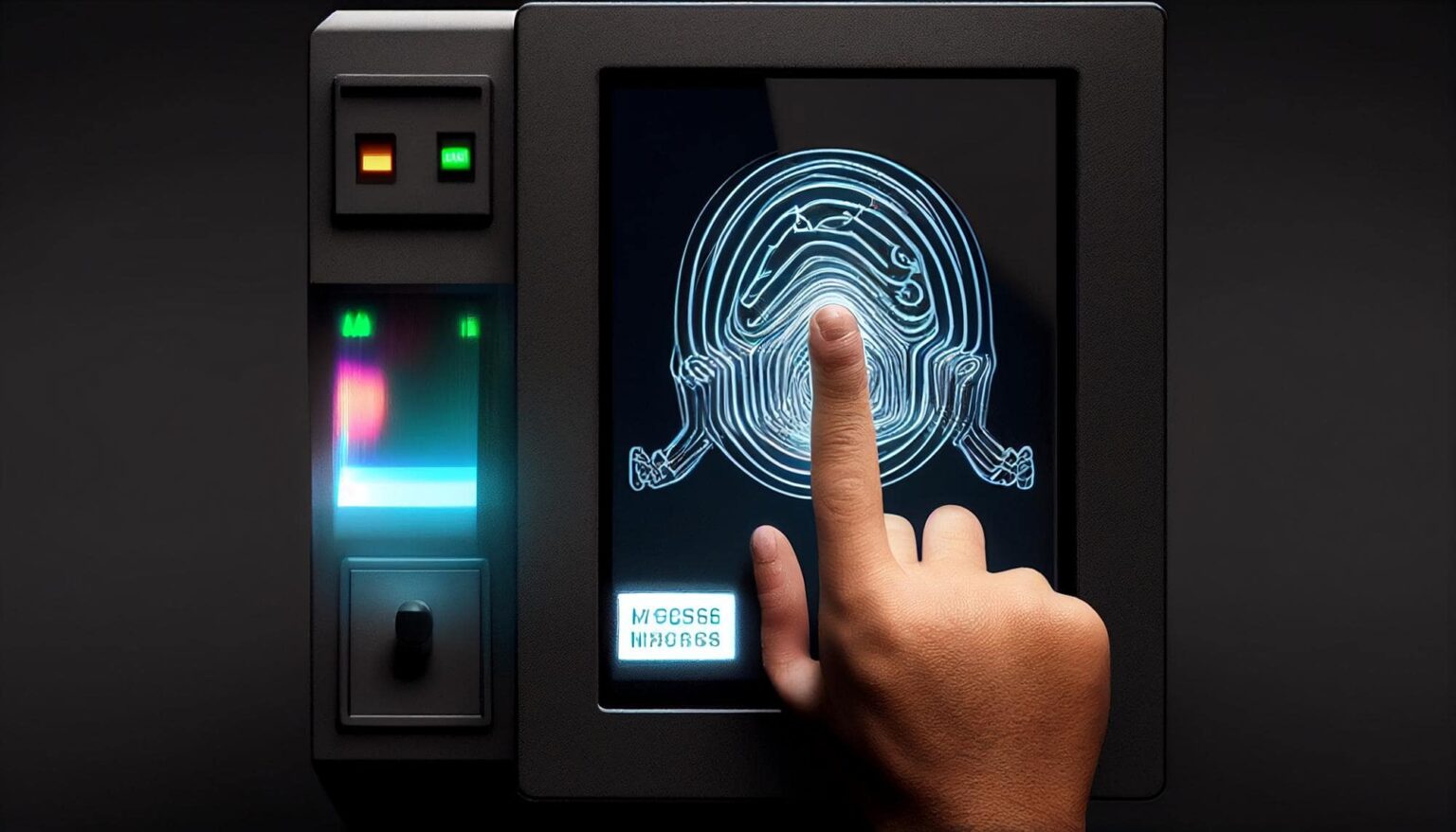Biometric authentication has become increasingly prevalent in fintech, offering enhanced security and improved user experience. By leveraging unique biological or behavioral characteristics, biometrics provide a reliable and convenient way to authenticate users. Here’s how biometric authentication enhances security and user experience in fintech:
Strong Authentication: Biometric traits, such as fingerprints, facial features, voice patterns, or iris scans, are difficult to replicate, making them highly secure for user authentication. Unlike passwords or PINs, which can be easily forgotten, stolen, or guessed, biometric data is unique to each individual, providing a stronger authentication factor.
Convenience and User Experience: Biometric authentication offers a convenient and seamless user experience. Users can authenticate themselves with a simple touch, glance, or voice command, eliminating the need to remember and enter complex passwords or PINs. This reduces friction and enhances the overall usability of fintech applications.
Non-Repudiation: Biometric authentication provides a high level of non-repudiation, meaning that users cannot deny their involvement in a transaction or action. Since biometric traits are tied directly to an individual, it becomes difficult for users to disown their actions, adding an additional layer of accountability.
Fraud Prevention: Biometric authentication helps prevent various types of fraud, such as identity theft and account takeover. As biometric data is unique to each person, it becomes significantly more challenging for fraudsters to impersonate individuals and gain unauthorized access to financial accounts or perform fraudulent transactions.
Seamless Multi-Factor Authentication: Biometric authentication can be seamlessly integrated with other authentication factors to provide multi-factor authentication (MFA). Combining biometrics with something the user knows (e.g., a password or PIN) or something the user possesses (e.g., a mobile device) strengthens the security posture, ensuring a layered defense against unauthorized access.
Continuous Authentication: Biometric traits can be used for continuous authentication throughout a user session. This means that the system continuously verifies the user’s identity at regular intervals, providing an added layer of security. If the system detects any significant deviation in the biometric pattern, it can prompt for re-authentication or initiate additional security measures.
Privacy Protection: Biometric authentication techniques often use encryption and secure storage methods to protect biometric data. Rather than storing the actual biometric data, systems typically store a mathematical representation or template of the biometric, ensuring that even if the stored data is compromised, it cannot be reverse-engineered to obtain the original biometric information.
However, it is important to address concerns regarding biometric data protection and privacy. Fintech companies must adopt robust security measures to safeguard biometric data from unauthorized access and ensure compliance with applicable data protection regulations.
Biometric authentication has emerged as a reliable and user-friendly method to enhance security in fintech. By leveraging the unique characteristics of individuals, biometrics provide a secure and convenient way to authenticate users, mitigating risks and offering a frictionless user experience in financial transactions and services.



